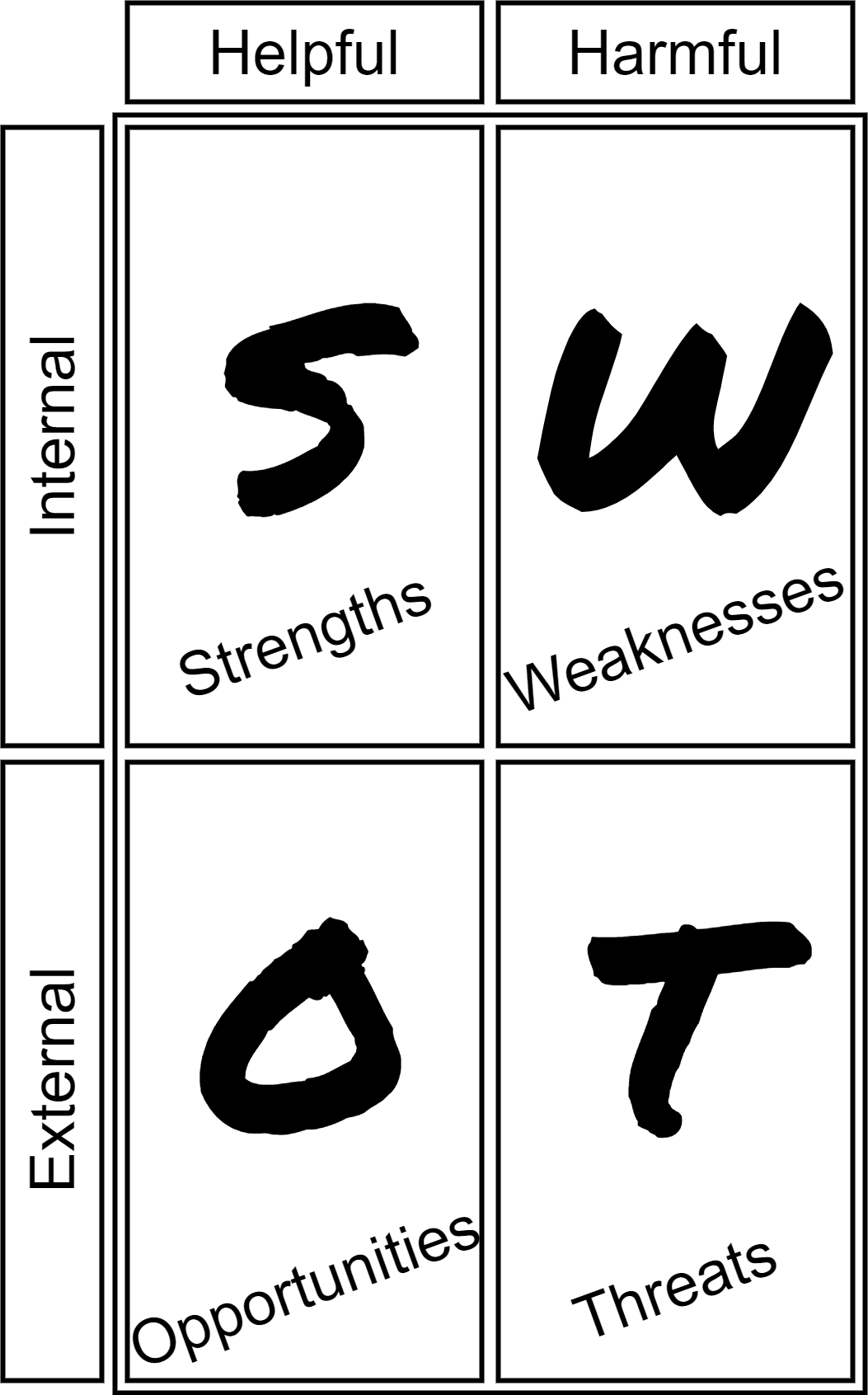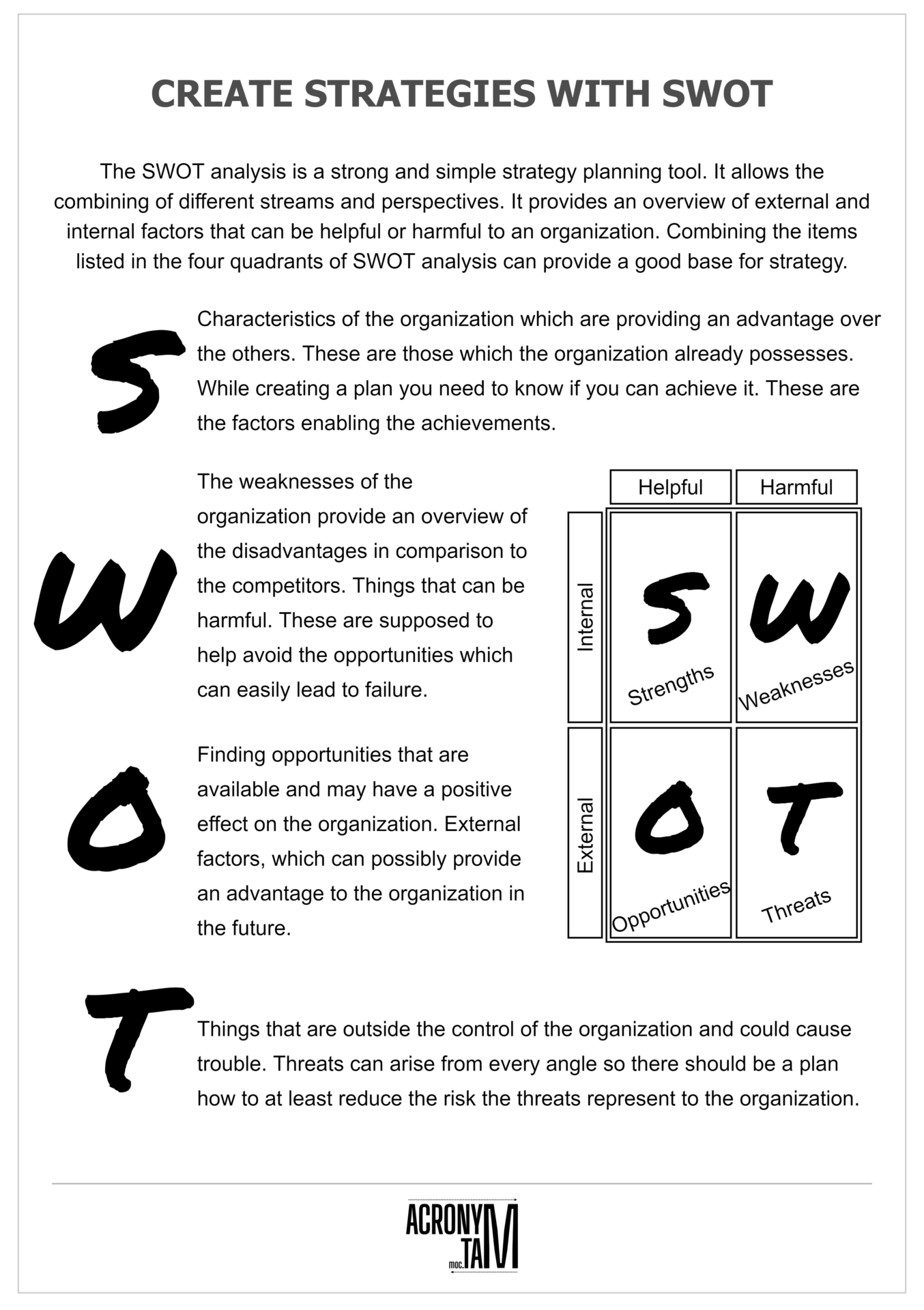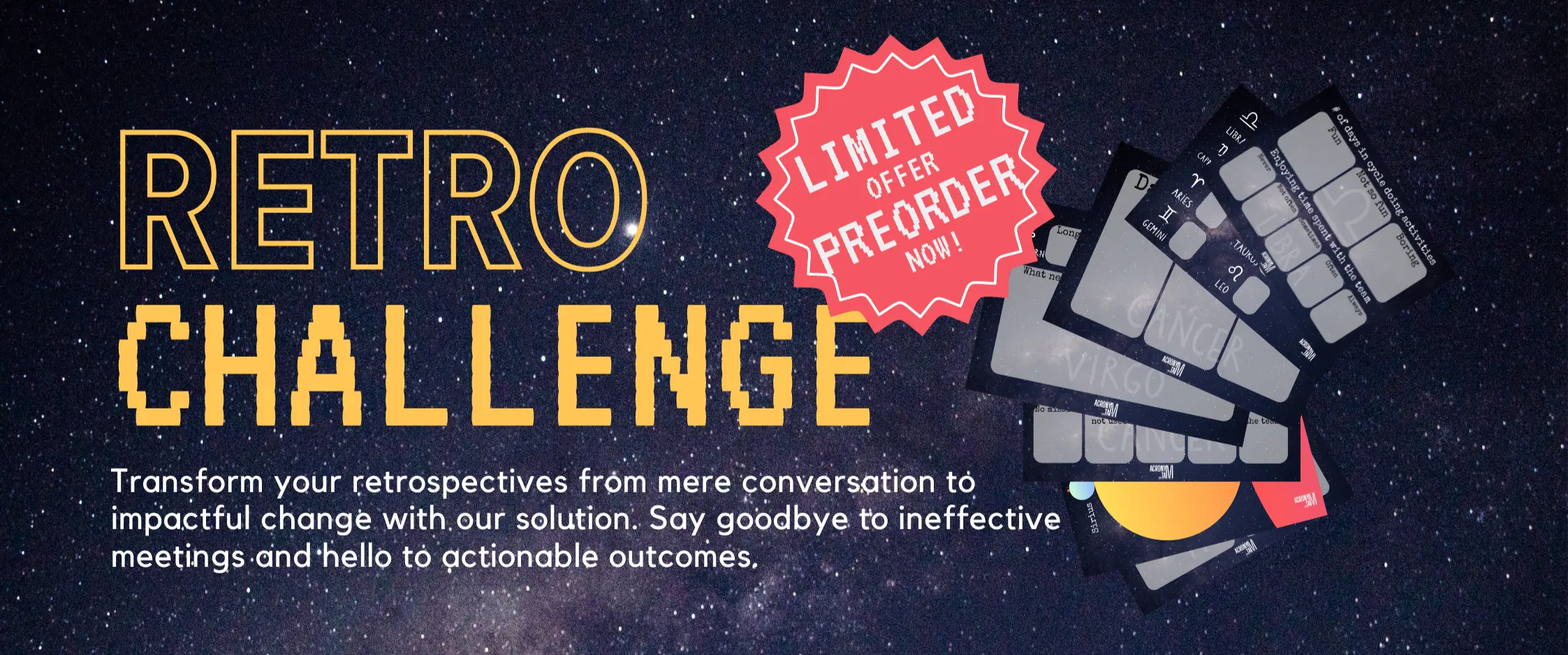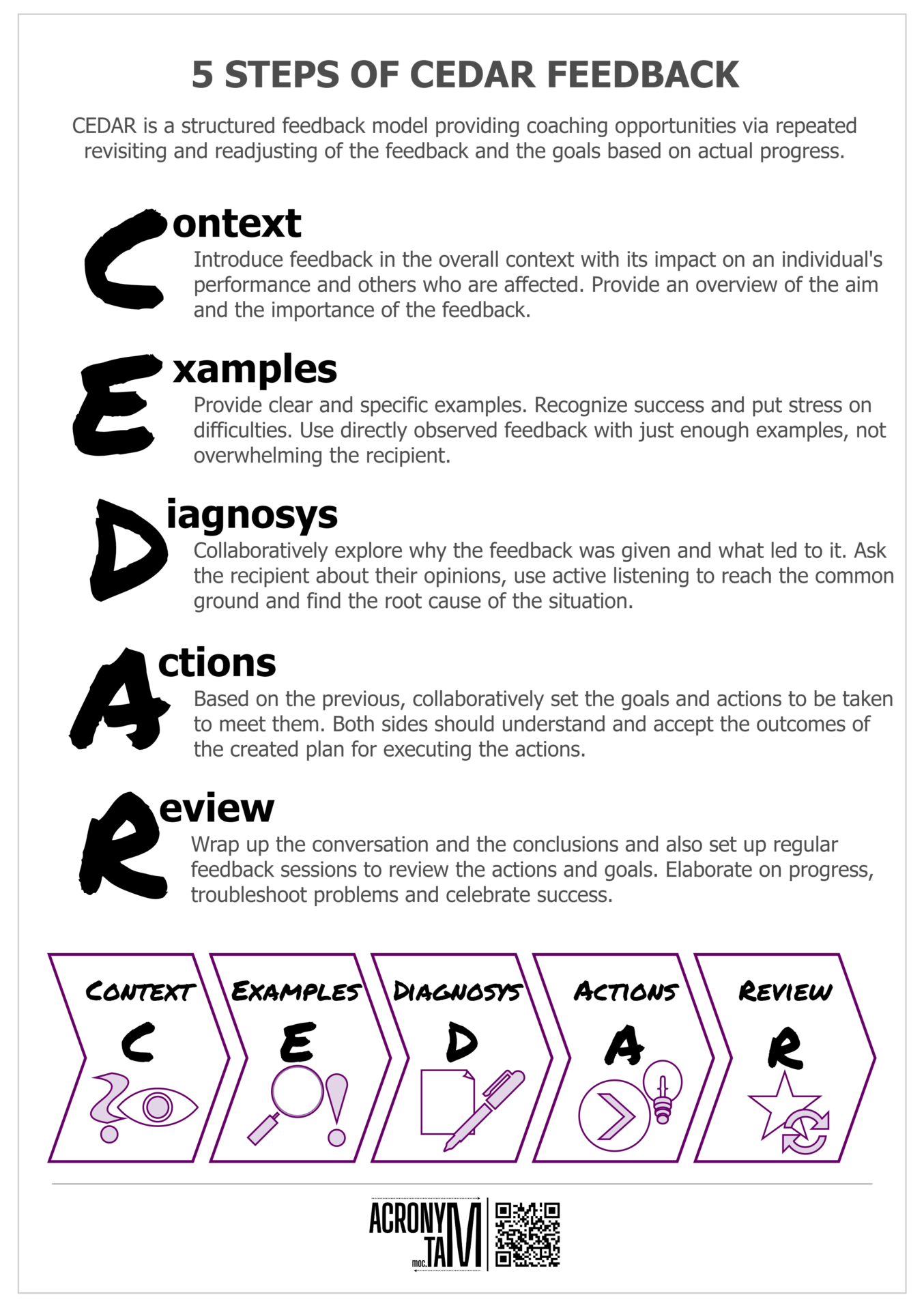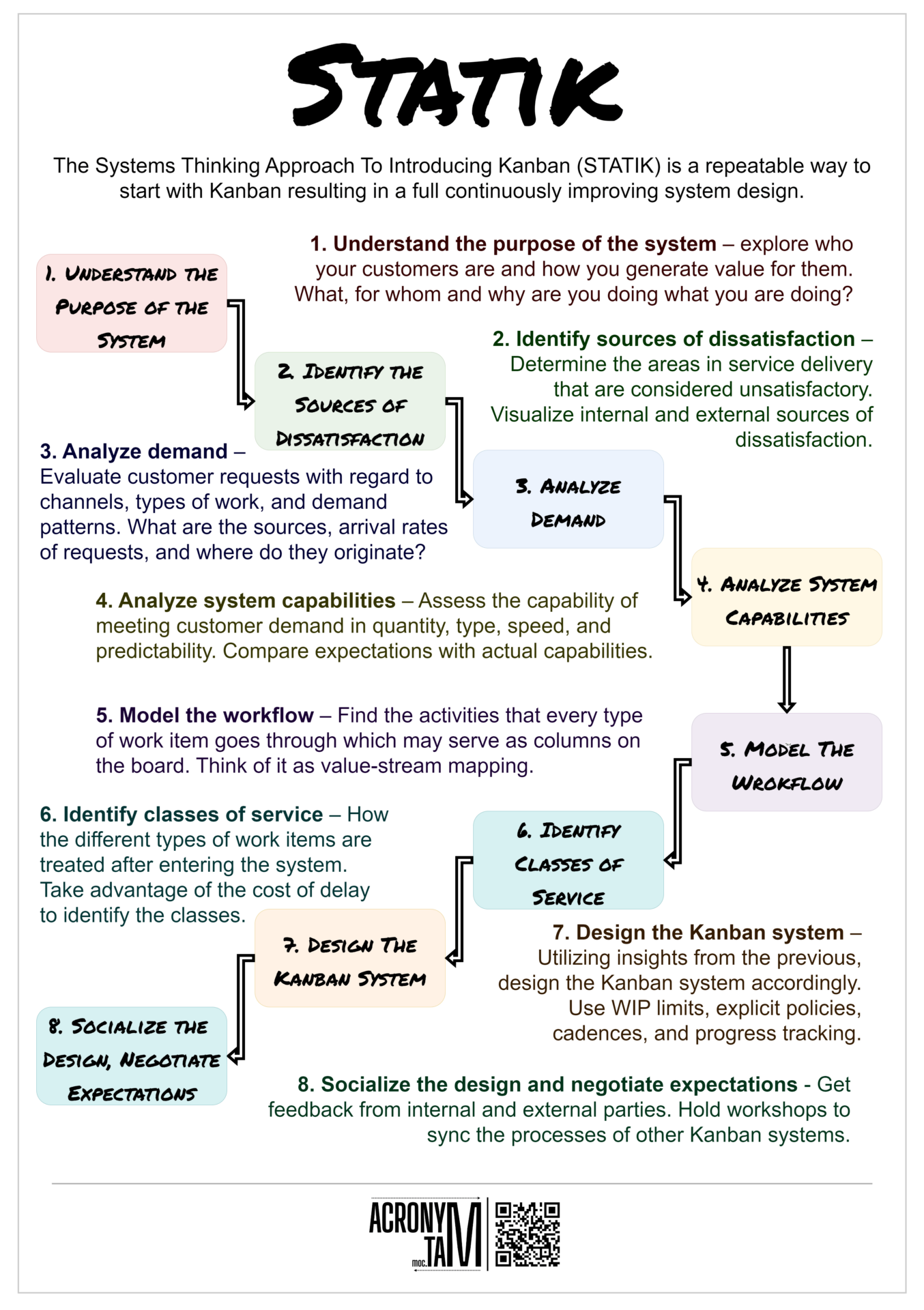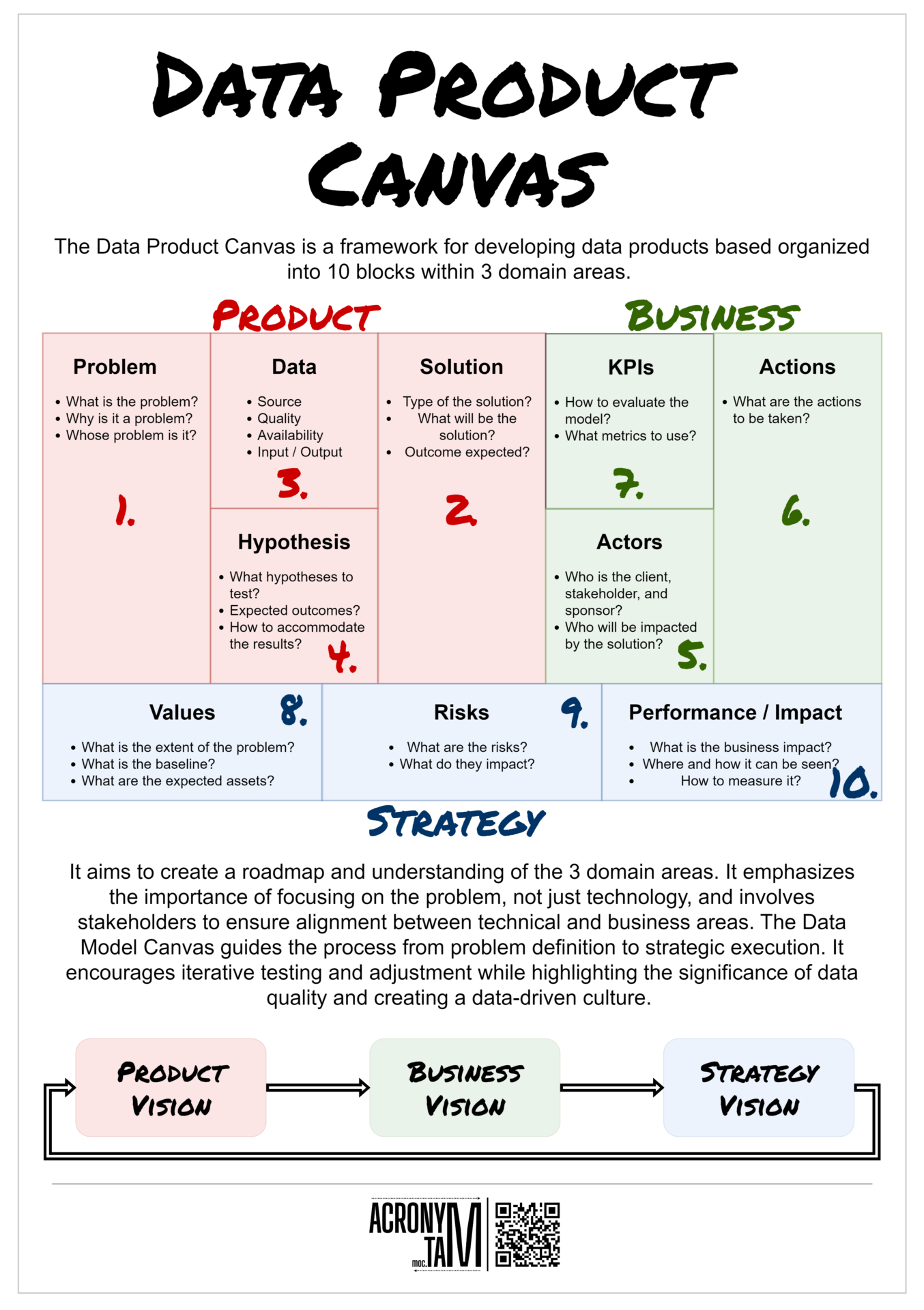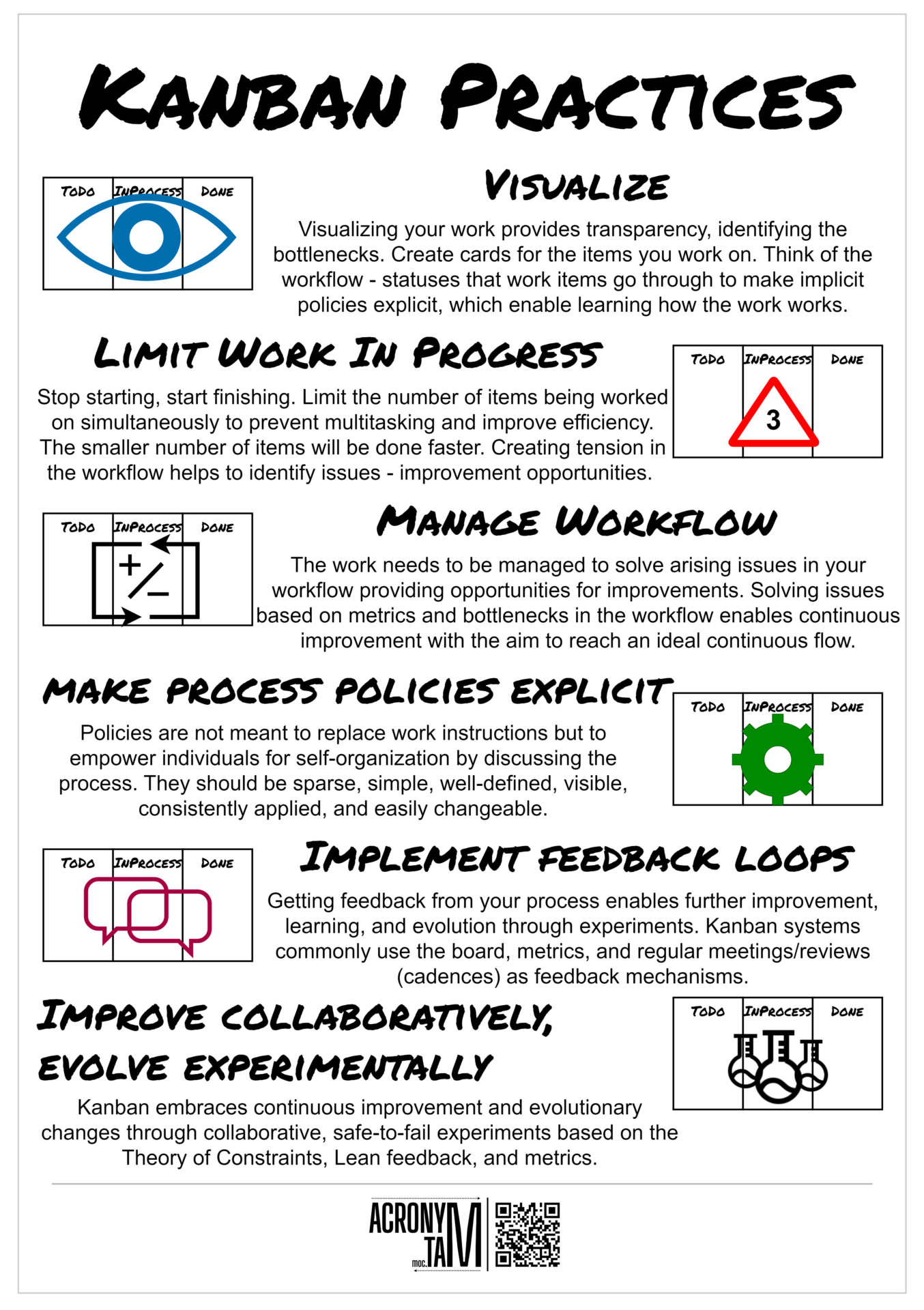Article
SWOT Analysis
The SWOT analysis is a strong and simple strategy planning tool. It allows the combining of different streams and perspectives. It provides an overview of external and internal factors that can be helpful or harmful to an organization. Combining the items listed in the four quadrants of SWOT analysis can provide a good base for strategy.
Strengths
Characteristics of the organization which are providing an advantage over the others. These are those which the organization already possesses. While creating a plan you need to know if you can achieve it. These are the factors enabling the achievements.
Weaknesses
The weaknesses of the organization provide an overview of the disadvantages in comparison to the competitors. Things that can be harmful. These are supposed to help avoid the opportunities which can easily lead to failure.
Opportunities
Finding opportunities that are available and may have a positive effect on the organization. External factors, which can possibly provide an advantage to the organization in the future. steps lead to hypotheses, which are a base for a decision to act on that hypothesis.
Threats
Things that are outside the control of the organization and could cause trouble. Threats can arise from every angle so there should be a plan how to at least reduce the risk the threats represent to the organization.
